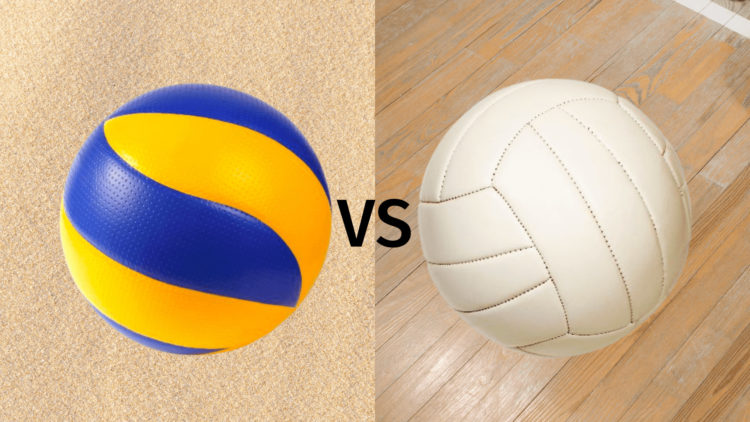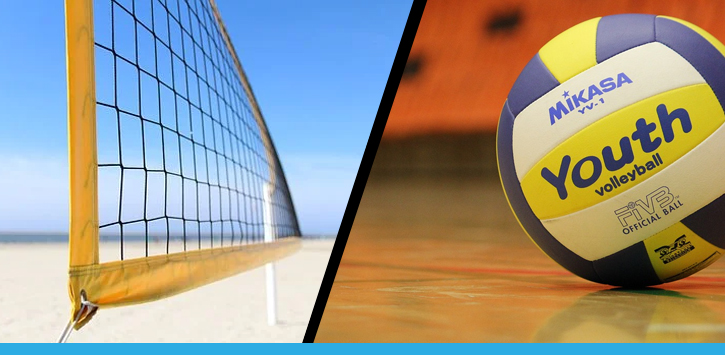Introduction to Volleyball
Volleyball, a sport loved by millions around the globe, finds expression in two dominant forms: beach volleyball and indoor volleyball. Each version offers a unique appeal, catering to different preferences, skills, and experiences. In this article, we’ll dive deep into the thrilling competition between beach volleyball and indoor volleyball, examining their core differences, pros and cons, and where to enjoy these exhilarating sports while traveling.
The Basics of Beach Volleyball
Overview of the Game
Beach volleyball is played on sand courts, typically outdoors, and requires two players per team. The atmosphere is often casual and social, perfect for enjoying a sunny day at the beach.
Rules and Scoring
The rules for beach volleyball are simplified compared to indoor volleyball. Matches are played to 21 points, and teams must win by at least two points. Players cannot use more than three touches to return the ball to the other side.
Equipment Needed
| Item | Description | Cost (approx.) |
|---|---|---|
| Beach Volleyball | A softer ball designed for outdoor play | $20 – $70 |
| Net | Regulation height net (2.43m for men, 2.24m for women) | $50 – $200 |
| Sand | Quality sand for a safe playing surface | $30 – $100 per ton |
The Essentials of Indoor Volleyball
Overview of the Game
Indoor volleyball is played in a gymnasium with six players per team and offers a fast-paced environment with a different dynamic compared to its beach counterpart.

Rules and Scoring
Indoor volleyball typically follows a rally scoring system, where a point is scored on every serve, regardless of which team served. Matches are played to 25 points, and teams must win by two points.
Equipment Needed
| Item | Description | Cost (approx.) |
|---|---|---|
| Indoor Volleyball | A firmer ball designed for indoor play | $10 – $60 |
| Net | Regulation height net (2.43m for men, 2.24m for women) | $50 – $150 |
| Floor | Wood or synthetic court surface for better grip | Varies widely |

Beach Volleyball vs Indoor Volleyball
Comparison Table
| Aspect | Beach Volleyball | Indoor Volleyball |
|---|---|---|
| Players | 2 per team | 6 per team |
| Surface | Sand | Hardwood or synthetic |
| Scoring | 21 points, win by 2 | 25 points, win by 2 |
| Equipment | Beach volleyball, net, sand | Indoor volleyball, net, court |
| Environment | Outdoor, casual | Indoor, competitive |
Pros and Cons
Pros of Beach Volleyball
- Social and relaxed environment.
- Great for enjoying sunny weather and beach vibes.
- Excellent workout due to the resistance of sand.

Cons of Beach Volleyball
- Limited number of players can make it difficult to find a game.
- Weather conditions can affect play.
- Playing surface can lead to injuries if not careful.
Pros of Indoor Volleyball
- Structured and competitive environment.
- Consistent playing conditions regardless of weather.
- More players can join for larger games and tournaments.

Cons of Indoor Volleyball
- Less casual, may require memberships or fees to access facilities.
- Scented air from indoor environments can be distracting.
- Fast-paced, may not be suitable for casual play for everyone.
Travel Destinations for Volleyball Enthusiasts
Top Beach Volleyball Locations
Here are some of the best beach volleyball destinations worldwide:
- California, USA: Venice Beach and Santa Monica host various beach volleyball events and competitions.
- Rio de Janeiro, Brazil: Iconic Copacabana Beach is home to world-class beach volleyball games and tournaments.
- Bondi Beach, Australia: A famous surfing destination with plenty of beach volleyball courts.

Best Indoor Volleyball Venues
Consider these places for indoor volleyball:
- Los Angeles, USA: Home to many indoor volleyball clubs and tournaments.
- Tokyo, Japan: Offers an array of indoor venues with competitive leagues.
- Berlin, Germany: Known for its robust beach and indoor volleyball culture.
Tips for Playing Volleyball
Improving Your Beach Volleyball Game
- Focus on your footwork; quick movements in the sand are crucial.
- Practice communication with your partner to enhance teamwork.
- Work on your serving and digging techniques to outsmart opponents.

Enhancing Your Indoor Volleyball Skills
- Develop your spiking and setting skills through drills.
- Participate in team practices to improve coordination.
- Watch professional matches to learn new techniques and strategies.
Customer Reviews of Volleyball Equipment
Top Beach Volleyballs
- Wilson AVP Official Game Ball: Rated 4.8/5 on Amazon for its durability and performance.
- Mikasa VLS300 Beach Volleyball: Rated 4.7/5, praised for its excellent grip and visibility in the sand.

Top Indoor Volleyballs
- Molten V5M5000 Indoor Volleyball: Rated 4.6/5, recognized for its stability and controlled ball flight.
- Wilson Soft Play Volleyball: Rated 4.5/5, great for beginners due to its softer touch.
Frequently Asked Questions
What are the main differences between beach volleyball and indoor volleyball?
Beach volleyball is played on sand with teams of two, while indoor volleyball takes place on a hard court with teams of six. The rules and scoring systems also differ.
Can you play volleyball on the beach if you are a beginner?
Absolutely! Beach volleyball is a great sport for beginners. The relaxed environment makes it easy to learn and practice.
Which is better for fitness: beach or indoor volleyball?
Both versions provide an excellent workout; however, beach volleyball can be more physically demanding due to the resistance of the sand.
Where can I find beach volleyball tournaments when I travel?
Check local tourism websites, beach recreational centers, or international volleyball federation sites for event listings.